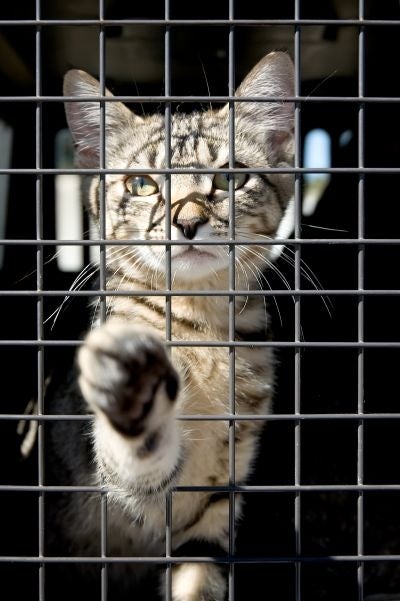Summer will see thousands of travelers taking to the skies and roads with their beloved pets, with a recent survey of pet owners suggesting that 61 percent of pet owners take their pet further than 80 km at least once a year.
For travelers, planning ahead is critical, says the The American Society of Travel Agents (ASTA) - pet-owners should always know the exact rules and regulations for where they are heading to in order to avoid a nasty surprise in the form of a lengthly quarantine on arrival.
ASTA recommends using a travel agent to help negotiate the journey with the airline, although airline call centers are normally able to advise passengers and websites such as PetFlight (http://www.petflight.com/) and PetTravel (http://www.pettravel.com/) and PetRelocation (http://www.PetRelocation.com) offer plenty of articles and reviews of individual airlines.
The TripAdvisor-owned airline advice site SeatGuru (http://www.seatguru.com) also offers data on invididual airlines’ pet travel policies, as some will allow small pets in the cabin.
Advice from the American Society of Travel Agents
Check up before checking out
Get a checkup for your pet from a vet before departure as most airlines and states require a clean bill of health, some destinations may require an entry permit and traveling abroad can sometimes mean automatic quarantine.
Pooch papers
Always keep an ID collar with your name and phone number on your pet, and always travel with favorite toys, proof of vaccination and proper licenses. Bring color photos of your pet, too, in the unfortunate event he gets lost.
Rules and regulations
Because airlines limit the number of pets that can be on board at once, notify your airline when making a reservation and know the allowable dimensions of your pet carrier. US regulations state that dogs and cats must be at least eight weeks old and fully-weaned before flying, while written instructions for care (food and water) are mandatory
Flying the feline skies
Some airlines allow kennels in the cabin - check with your travel agent or airline. On international flights, larger animals can be shipped (for a fee) in the forward cargo bins, which are climate-controlled.
Traveling ‘kennel’ class
Let your pet eat and sleep in the kennel before you leave and ensure your pet is exercised, fed and watered prior to departure. Provide the necessary food and water in the kennel and write the words “LIVE ANIMAL” on the crate with arrows pointing in the upright direction, along with your details.
On the road with Fido
Hot cars are deadly for animals - as a rule, if you leave your car, your pet should leave too. Park in shaded areas, make frequent stops for water and exercise and take a practice drive if your pet is unaccustomed to cars.
Your pets and hotels
Make sure your hotel or motel allows pets and request a room at the end of the hall so other guests aren’t bothered by the possible noise.
Snakes on the plane
Travel is not recommended for smaller animals and birds because of the stress it causes them. Reptiles are especially discouraged because of their specialized requirements. Travelers should be advised that they may be held liable for any damage wild animals or reptiles cause to the plane or passengers.
Subscribe to Independent Premium to bookmark this article
Want to bookmark your favourite articles and stories to read or reference later? Start your Independent Premium subscription today.


Join our commenting forum
Join thought-provoking conversations, follow other Independent readers and see their replies